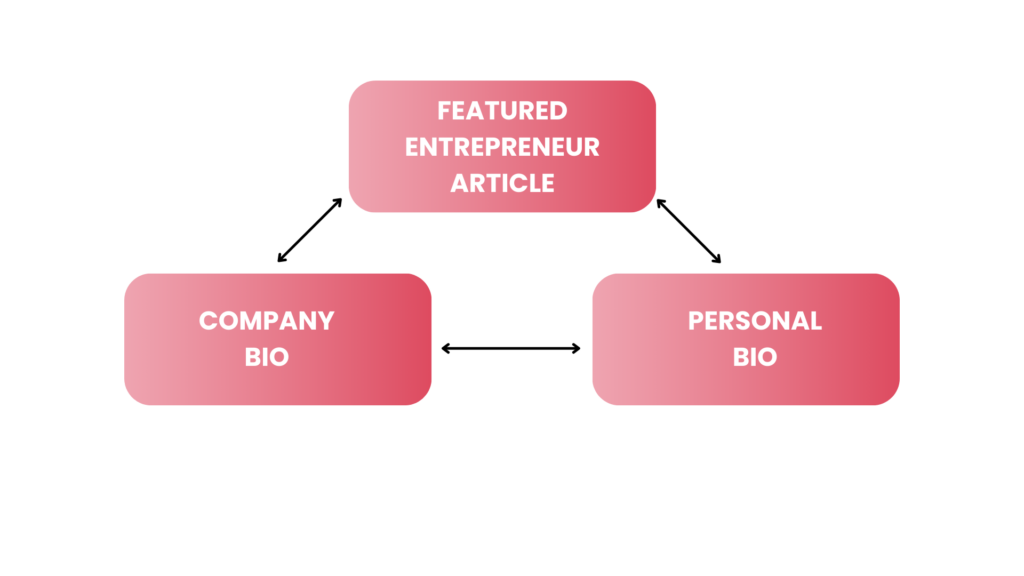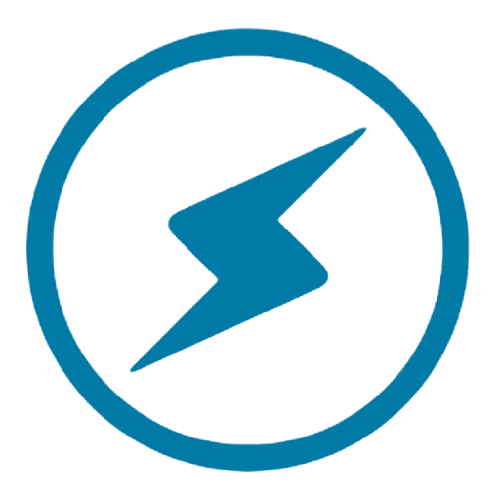For every client we work with, one of the first things we do is create three assets:
- Featured Entrepreneur Article (third-person, journalist-style)
- Personal Bio (first-person, for Knowledge Panel and improved visibility in search engines)
- Company Bio (third-person, credibility and services)
We use AI to gather everything that’s already public — podcasts, bios, interviews, company pages — and then we use prompts to generate all three items from the same “research results.”
Then we link them together to establish entity credibility, resulting in a significant boost to SEO. This is how we did this for Colby Davis.

If you’re a VA, here’s how you do it step-by-step.
Tools Required (One of the Following)
- ChatGPT-4 with Browsing
- Gemini (Google AI)
- Grok (X / formerly Twitter)
- [Optional] Custom GPT trained on the client’s tone
Information Needed
- Client’s full name
- Company name and domain
- Their “Why” or key transformation story (if known)
Step 1: Run Deep Research Using AI
This is the most important step, so we have as many stories and experiences to work with as possible. We start by building a Content Library for the client. AI does the research and then we organize those facts into articles.
Example Input #1
“Make a sheet of everything you can find about [Client Name], [Rank / Title, Company Name], so I can write an article about him.”
Then, if the output is shallow, enter:
“Be more comprehensive.”
Or “We want specific facts that honor the first E in Google’s E-E-A-T: experience.”
Step 2. Create a Featured Entrepreneur Article (Third-Person)
Once you have the results from the deep research, the next step is to ask the AI tool to use those findings to create a featured entrepreneur article — written in the third person and in a journalistic style.
This is the flagship piece – tells the client’s story, builds SEO, and positions them as an authority. This is published on BlitzMetrics.
Here’s an example of a featured article for Sloan Appliance.
Input
“Using the research above, write a 1,500-word feature article about [Client Name], founder of [Company]. Structure it like a Forbes profile. Include background, transformation, current mission, and future goals. Use citations.”
Follow-up Prompts
- “Add 3-5 quotes from podcasts or interviews if available.”
- “List all sources used at the end.”
- “Generate 3 better headline options that reflect this story.”
Here is an example:
“I want to write a featured entrepreneur article on [Client Name] to post on blitzmetrics.com. This will help his personal brand and drive his [business goal], which is [more details about the business].”

If the AI tool asks follow-up questions such as the above example, respond thoughtfully and provide as much relevant detail as possible to ensure a high-quality, accurate output. For example:

Important Notes
- The articles are usually not perfect on the first try and often require better titles and editing.
- AI may confuse people with the same name, so every detail must be verified.
- The goal of these articles is to reverse-engineer the Google SERP and own the knowledge panel-style clickspace with high-CTR, high-authority articles that spotlight featured entrepreneurs.
Template Style Article Titles for Featured Entrepreneur Articles
Here’s a batch of template-style article titles designed to work across categories and flex to individual names or niche angles, especially if you’re feeding them into a scalable Content Factory loop.
“Everything You Need to Know” Style
These cater to informational intent and tend to do well for knowledge panel domination.
- [Name]: Everything We Know About This [Industry] Trailblazer
- Who Is [Name]? Inside the Life and Career of [Profession/Title]
- The Ultimate Guide to [Name] — From [Early Career] to [Current Role]
- [Name], Decoded: Career, Achievements, and Public Impact
- What [Name] Is Known For—and Why You’ll Be Hearing More About Them
High-CTR Curiosity Titles
Designed to get the click even when competing with LinkedIn or Wikipedia.
- [Name]’s Rise: How a [Hometown/Niche] Native Became a [Descriptor]
- 5 Surprising Facts About [Name] You Won’t Find on LinkedIn
- The Real Story Behind [Name]’s Success in [Industry]
- Why [Name] Is the Talk of [City/Industry] Right Now
- [Name]’s Playbook: What You Can Learn From a [Role] Who’s Actually Done It
Authority Builder / Evergreen Formats
For podcasts, partners, and team pages. Feeds well into Dollar a Day + retargeting.
- Meet [Name]: [Title] at [Company] and Leader in [Industry]
- [Name]: From [Early Role] to [Leadership Position] at [Company]
- Expert Spotlight: [Name] on [Topic or Trend]
- What Makes [Name] a Trusted Voice in [Field]
- [Name] on Building [Company/Product] and the Future of [Industry]
For SEO+Reputation Repair/Defense
Especially if someone’s already ranking but you want to flip the narrative.
- [Name] in Their Own Words: [Quote] and Other Highlights
- Who Is [Name]? A Full Breakdown (That’s Actually Accurate)
- [Name]: Facts, Not Rumors — A Straightforward Look at Their Journey
- Setting the Record Straight on [Name]
- [Name]’s Legacy: The Work, The Wins, and What Comes Next
Step 3. Create a Personal Bio (First-Person, Entity Home)
After creating the featured entrepreneur article, the next step is to write a personal bio using the same research findings.
This is published on the client’s personal brand website and becomes the client’s canonical source for LLMs and Google.
Input:
“Now write a personal bio for [Client Name] in first person. Use subheadings. Talk about early background, career pivots, biggest challenges, what they do today, and why it matters.”
Follow-up prompts:
- “Make this suitable for an About page.”
- “Include media mentions and awards.”
- “Add links to the featured article and company bio.”
Format:
- H2: “Where I Started”
- H2: “Turning Points”
- H2: “What I Do Today”
- H2: “Why I Do It”
- H2: “Where You Can Find Me”
Step 4. Create a Company Bio (Third-Person)
The final step is to create a company bio. This is also written in the third person and serves as a credibility piece that explains what the company does and how it connects to the founder. It is published on the client’s company website.
Input
“Write a company bio for [Company Name], founded by [Client Name]. Include origin story, core values, services offered, team structure, and link to the founder’s bio.”
Follow-up Prompts
- “List services as bullet points.”
- “Add a paragraph on [Client Name] and link to their personal bio.”
Step 5. Interlinking and Entity Connections
Every article must reference the other two.
Checklist:
- Featured Article (published on BlitzMetrics) → links to personal bio and company bio
- Personal Bio (published on the client’s personal brand website) → links to featured article and company bio
- Company bio (published on the client’s company website) → links to personal bio and featured article
Why this matters:
Writing a featured article improves what shows up in Google and improves what the AI and the client’s audience sees.
Verification Checklist
- Deep research complete and sources verified
- Featured article written in third person
- Personal bio is first-person and structured
- Company bio is objective, clean, and accurate
- Featured article posted to BlitzMetrics
- Company Bio and Personal Bio posted on the client’s company website and personal brand website, respectively.
- All three articles appropriately linked together, and the client informed.
What Happens Next?
Once these are published:
- Google and LLMs start pulling the correct version of the client’s story.
- Future AI responses will be more accurate and fact-based.
These documents become the foundation for the client’s Topic Wheel, videos, press, and ads.
